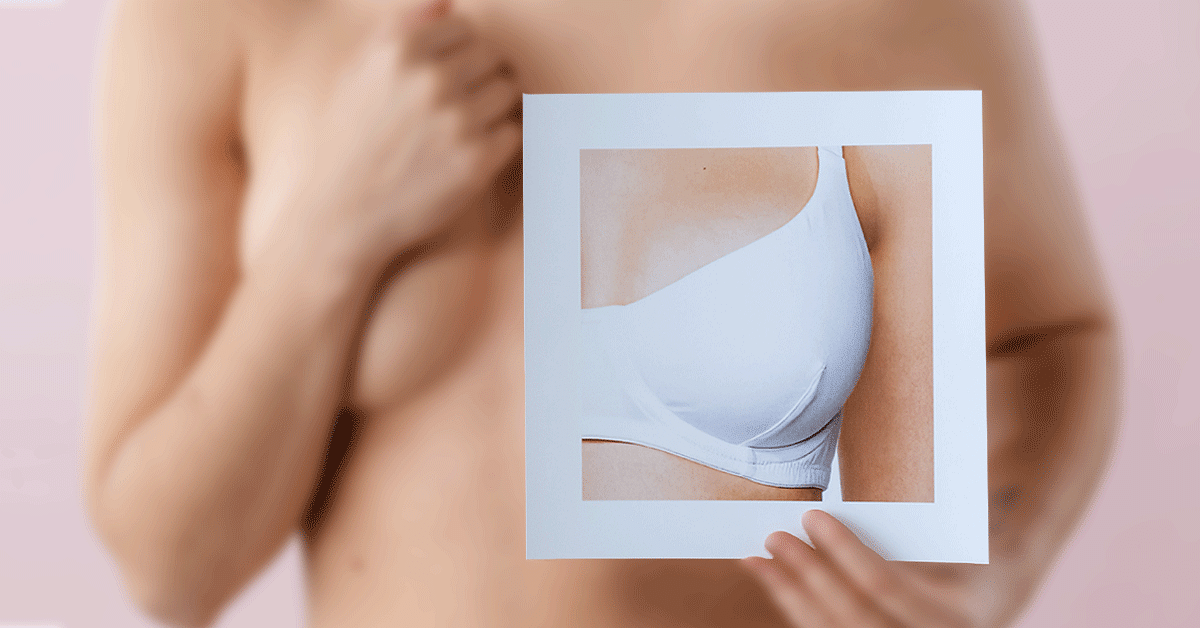Early detection of breast cancer by mammograms helps to get the right treatment and better outcome for your health. It is estimated that for every 10,000 women who have a mammogram screening cycle, 43 deaths will be prevented. Hence it’s important to do a regular mammogram procedure with your doctor’s advice.
Here is everything you need to know before you get a mammogram:
What is a mammogram?
A mammogram is a low-dose X-ray test to look for changes in breast tissue. The X-ray beams pass easily through fluids and soft tissues of the body. In a mammogram, the dense tissue of breast lumps can be seen in the picture. Cancerous lumps have a particular appearance. This indication helps in the early detection of breast cancer.
Types of mammograms:
- Traditional: Images present on large X-ray films.
- Digital X-ray: Images are recorded and saved on the computer.
- 3-D mammograms (Digital Breast Tomosynthesis (DBT): Digital images are created to see the breast tissue more clearly in three dimensions.
The need for a mammogram
It is needed and conducted for:
- Diagnostic test – It is key when there is a breast lump that needs further evaluation depending on a woman’s age, and risk factors.
- Screening test – It can pick up cancer before a lump can be felt, it acts as the test in the breast cancer screening program.
How is it conducted?
Mammograms involve a machine designed to look only at breast tissue. The mammogram machine has two plates that compress or flatten the breast to spread the tissue apart in two different angles – once from top to bottom and once from side to side. The mammogram screening is carried out by a specialized X-ray technician.
One needs to stand in front of the mammogram machine, and the technician will place the breast on the lower plate. The breast is compressed between the two plates for about 10 to 15 seconds while the technician takes an x-ray. The position of the breast is changed once again to compress it from every side before the next x-ray is taken.
Is it safe?
Mammography exposes the breasts to radiation. The amount of radiation from each mammogram is low, but it can still add up over the period. It is estimated that for every 100,000 women who have a mammogram, between 1 and 10 develop cancer due to the radiation involved.
A mammogram is generally a safe test. Many women find mammograms painful due to compression and avoid the test. The pressure required for the test is only for 10-15 seconds. It’s best to schedule the mammogram test after your period ends. It helps to get a clear image and to lessen pain.
What is the age to have one done?
For breast cancer screening, women are categorised into two groups:
- Average-risk group: People under this group have either no personal history of breast cancer or have not had any chest radiation therapy before the age of 30.
- High-risk group: People under this group have either a strong family history of breast cancer or a genetic mutation (known as BReast CAncer gene or BRCA) to increase their risk of breast cancer.

Can it guarantee the proper diagnosis?
No screening test is perfect. It can over-diagnose or miss the diagnosis. When a mammogram procedure misses detection of cancer, it’s called a false-negative result. A false-positive result means a mammogram is reported abnormal in the absence of cancer in the breast. These results can be verified with additional tests such as a sonomammography or ultrasound, MRI, or a biopsy of the breast tissue. A second screening mammogram procedure would not be recommended.
Overall, screening a mammogram procedure miss about 1 in 8 breast cancers, particularly in dense breast tissue. Additionally, avoid using deodorants, antiperspirants, powders, lotions, creams, or perfumes under your arms, or on or under your breasts before the mammogram test. They can create artifacts and affect the interpretation of the tests.
Our experts work round the clock to provide you with the answers that you are looking for. So, if you have any, leave it in the comment section below or send us a DM at @nuawoman. This is a safe space that we have built for you so do not hold back on any doubts you may have about your body and mind.
Read other articles by Dr. Vaishali Joshi here.



